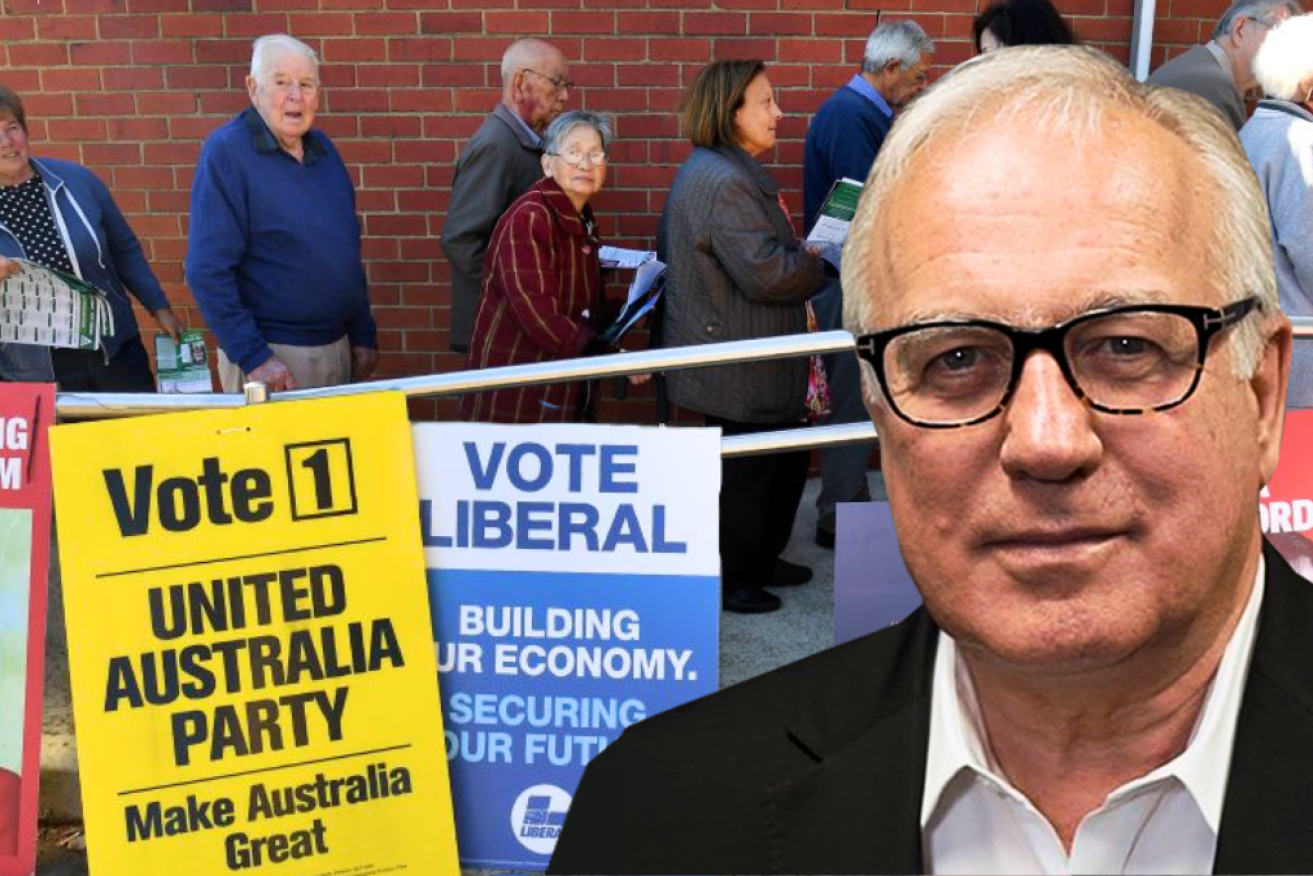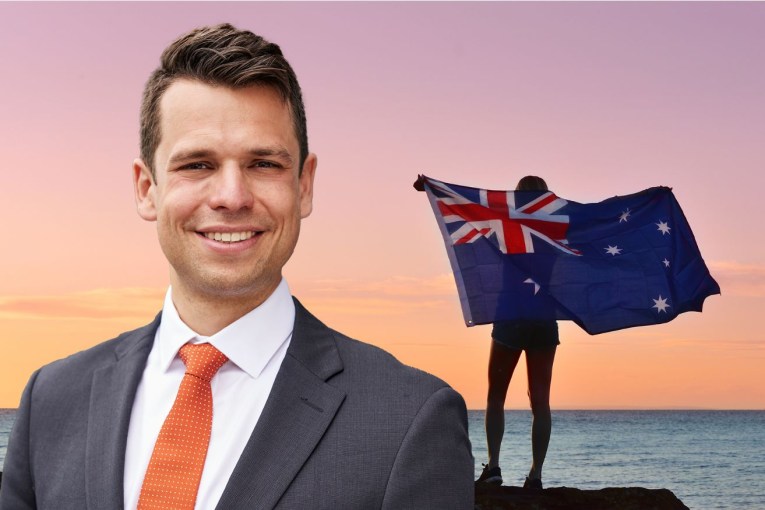Alan Kohler: Campaign finance reforms advantage ALP, Coalition


It's no surprise that Labor and the Coalition are close to agreeing on new laws to reform election campaign finances, writes Alan Kohler.
There’s talk that Labor and the Coalition are close to agreeing on new laws to reform election campaign finances.
The Special Minister of State, Don Farrell, and the shadow special minister of state, Jane Hume, are said to be working on a deal that would see increased transparency, caps on donations and campaign spending, and increased public funding for elections.
But as Adam Smith said: “People of the same trade seldom meet together, even for merriment and diversion, but the conversation ends in a conspiracy against the publick.”
The new laws will be presented as improving the integrity of elections, but will really be designed to entrench the duopoly of two major parties.
The reforms will be based on the interim report of the inquiry into the 2022 election by the joint standing committee on electoral matters. The committee recommended, among other things, that the donation disclosure threshold be lowered to $1000; that there should be real-time disclosure; donation caps, and more public funding.
Rivals’ mutual interests
Some of these are very good ideas, especially real-time disclosure, but each party also has an urgent problem it needs to fix.
The ALP wants to stop Clive Palmer, who spent $123 million in 2022 basically doing nothing but attacking Labor, and the Coalition wants to stop the teal independents from taking any more of their seats.
The two major parties have always been at loggerheads over campaign finance reform, with the Coalition resisting any move towards greater transparency and donations caps, but all that changed at last year’s election.
Up to 2022, independents were few and far between, usually lefties who took seats off Labor. But last year the Liberal Party lost six seats to independents who campaigned mainly on climate change, and it looks like they will lose more seats to teals in 2025.
But both major parties are in long-term trouble.
Fifty years ago, at the 1972 election, they shared more than 90 per cent of the popular vote (Whitlam won with 49.58 per cent, McMahon got 41.48 per cent). The rest was mostly the DLP. Independents got less than 1 per cent of the vote and none of them won a seat. It was only Labor, Liberal and Country Party.
Flight from the big two
Last year, the total vote of the two major parties was down to 68.28 per cent, of which the Liberal Party had 23.89 per cent. Labor won majority government with 32.58 per cent. There were 12 independents elected in the Lower House and four Greens.

Teal independents remain the biggest threat to the Liberal Party. Photo: TND
Every year the major parties have been losing a few more percentage points; pretty soon they’ll be fighting over 60 per cent of the vote and majority government will be impossible, hung parliaments the norm.
So, Labor and the Coalition are similarly motivated to do something about it. The Victorians have shown the way by entirely removing independents from the Lower House with campaign finance reform – there used to be three of them, now there are none – and the federal branches of the major parties want some of that action.
In 2018, the Victorian Labor government capped political donations at $4320 over four years, with increased public funding based on first preference votes.
The reason donation caps and increased public funding helps the major parties is that public funding comes after the election.
Independents disadvantaged
In Victoria, Labor and the Coalition each got $17 million in taxpayer funding – after the election, but they knew it was coming, and they can use it next time. For independents, the money comes too late.
What’s more, the Coalition has dozens of entities each receiving the maximum amount and unlimited funds can come from one nominated entity for each party. For the Liberals, that’s the Cormack Foundation run by stockbroker Charles Goode, which is thought to have contributed $7 million last year. For the ALP, it’s Labor Holdings and Services, which gets money from the unions. These sources have essentially been grandfathered.
Campaign expenditure caps favour the major parties because the caps are a total across all seats and are not specific to particular seats, and elections are always fought in a few marginals. It means they can spend very little in safe seats and use the money from them to subsidise marginal ones, where they can spend $1 million or more. Independents are always focused only on one seat and can’t compete.
A peek through the loophole
Whether the reforms can stop Palmer is unclear. He spent about $700,000 per seat at the last election and the expenditure cap is unlikely to be lower than that, so he’ll have to be caught by donation caps. But they’re usually written loosely so they don’t stop Labor and the Coalition raising money from businesses and unions. Clive Palmer will probably be able to drive one of his trucks through the loopholes.
And it shouldn’t mean the existing teals lose their seats because of the benefits of incumbency (unless they make a bad mistake). They each have five electoral officers who can work on their campaigns and a $250,000 per annum communications budget to raise their profiles.
But the reforms should stop more independents winning, and if any of the teals mess up and lose the Coalition should be able to get that seat back.
Let’s see what Don Farrell and Jane Hume come up with, but it’s likely to be a clear case of cartel behaviour and abuse of market power, and therefore a job for the Australian Competition and Consumer Commission (ACCC).
Not that Gina Cass-Gottlieb at the ACCC is likely to open a file on the conduct of elections and start getting involved in politics, but perhaps she should. No one else will.
Alan Kohler writes twice a week for The New Daily. He is finance presenter on ABC News and founder of Eureka Report.








